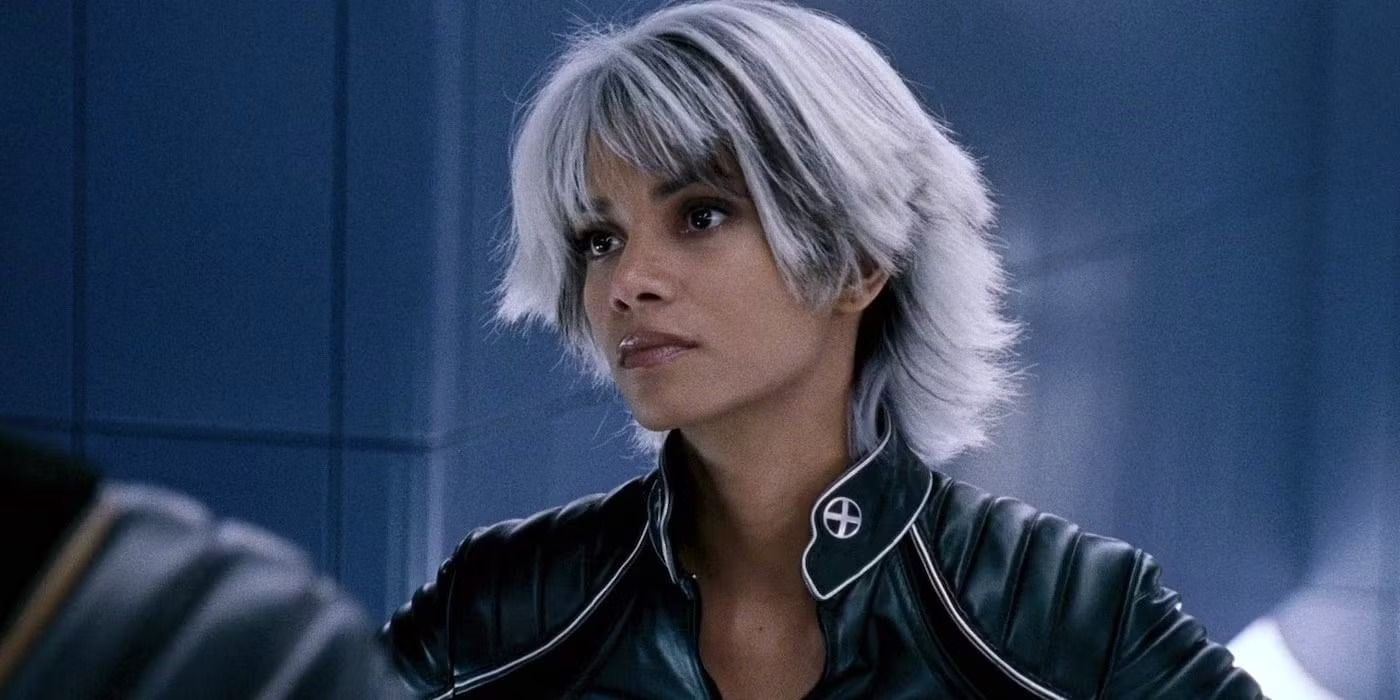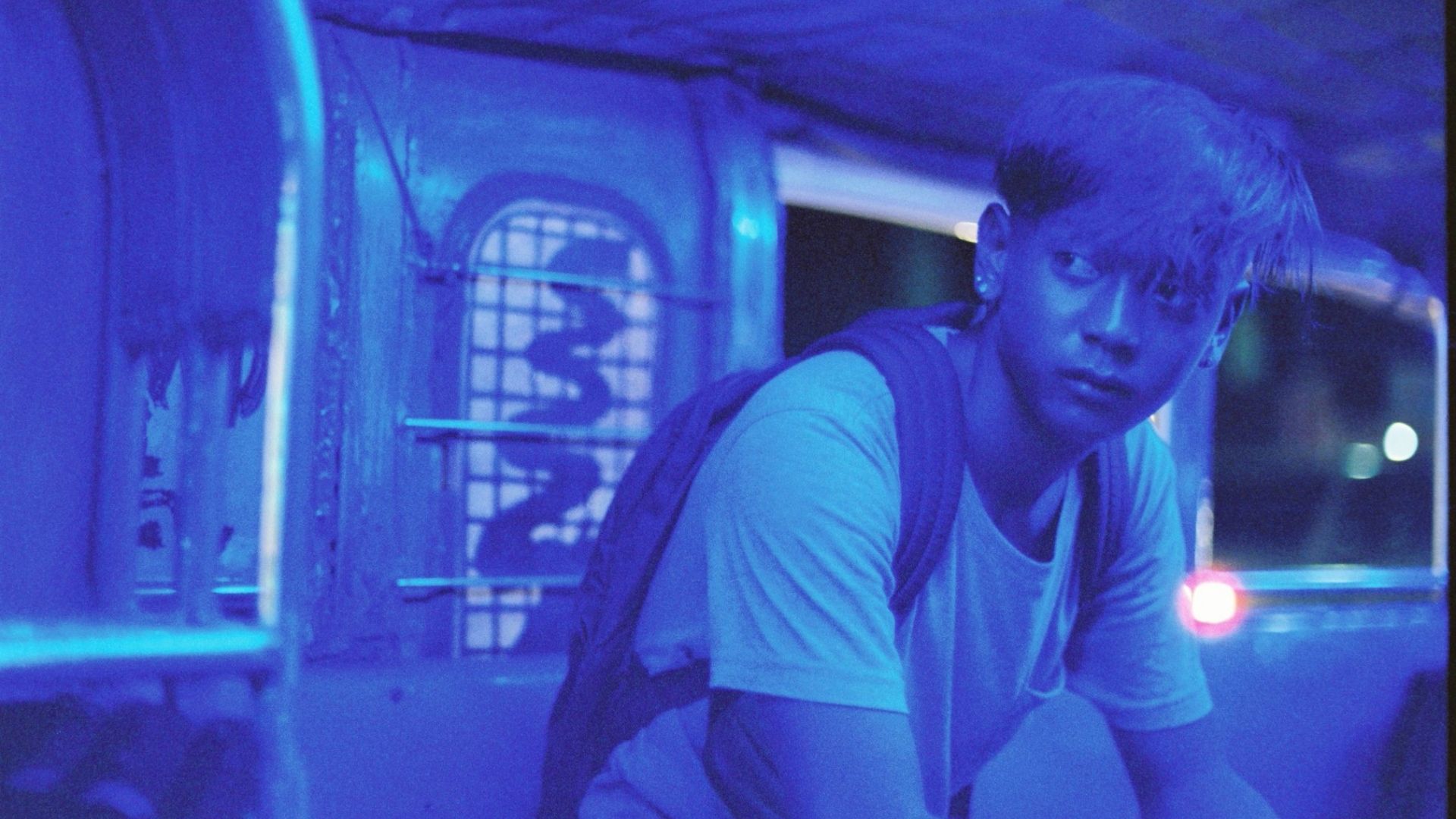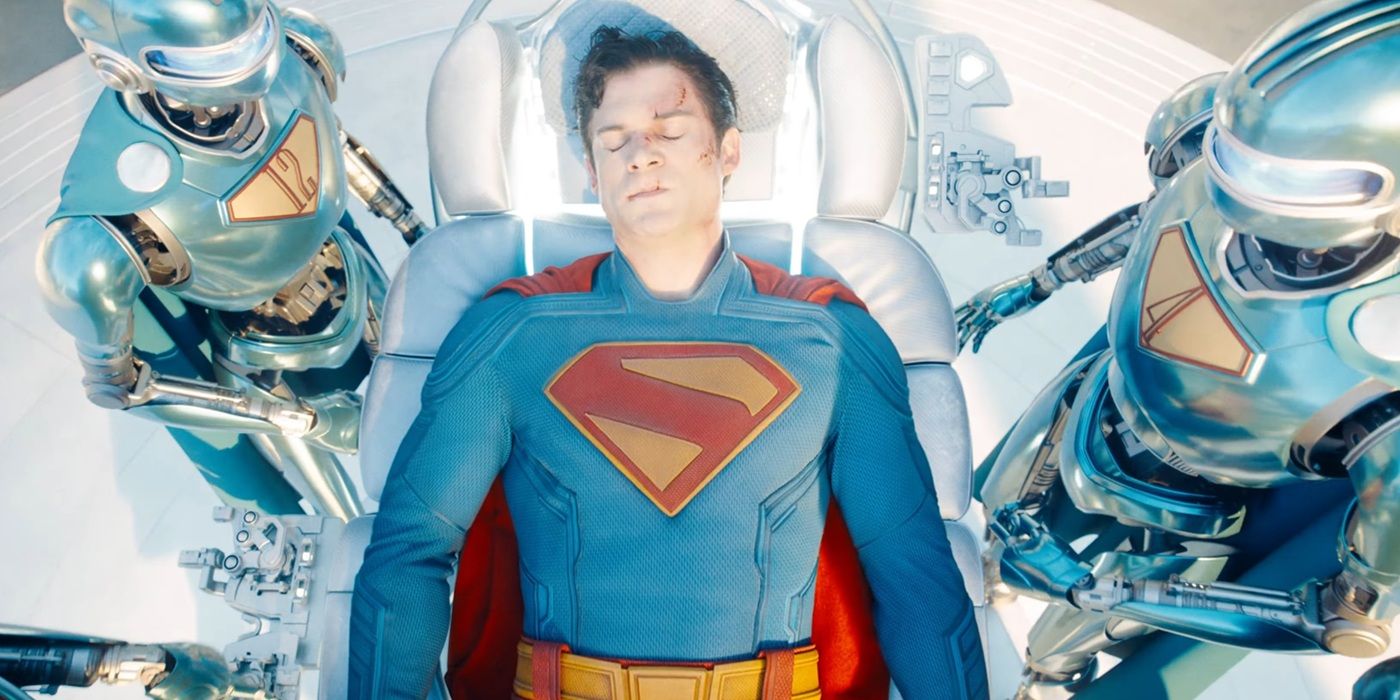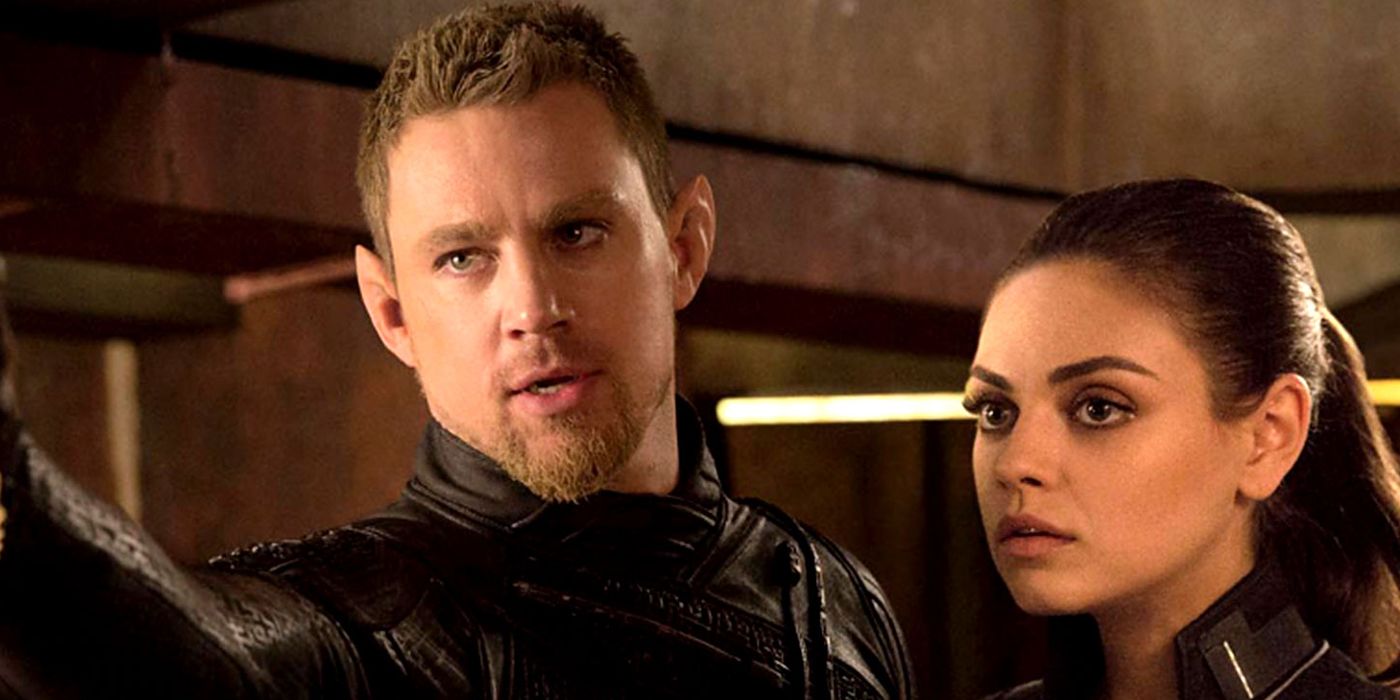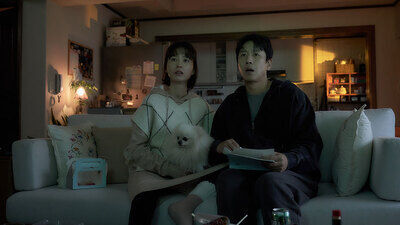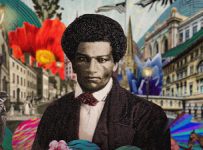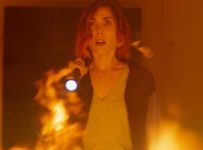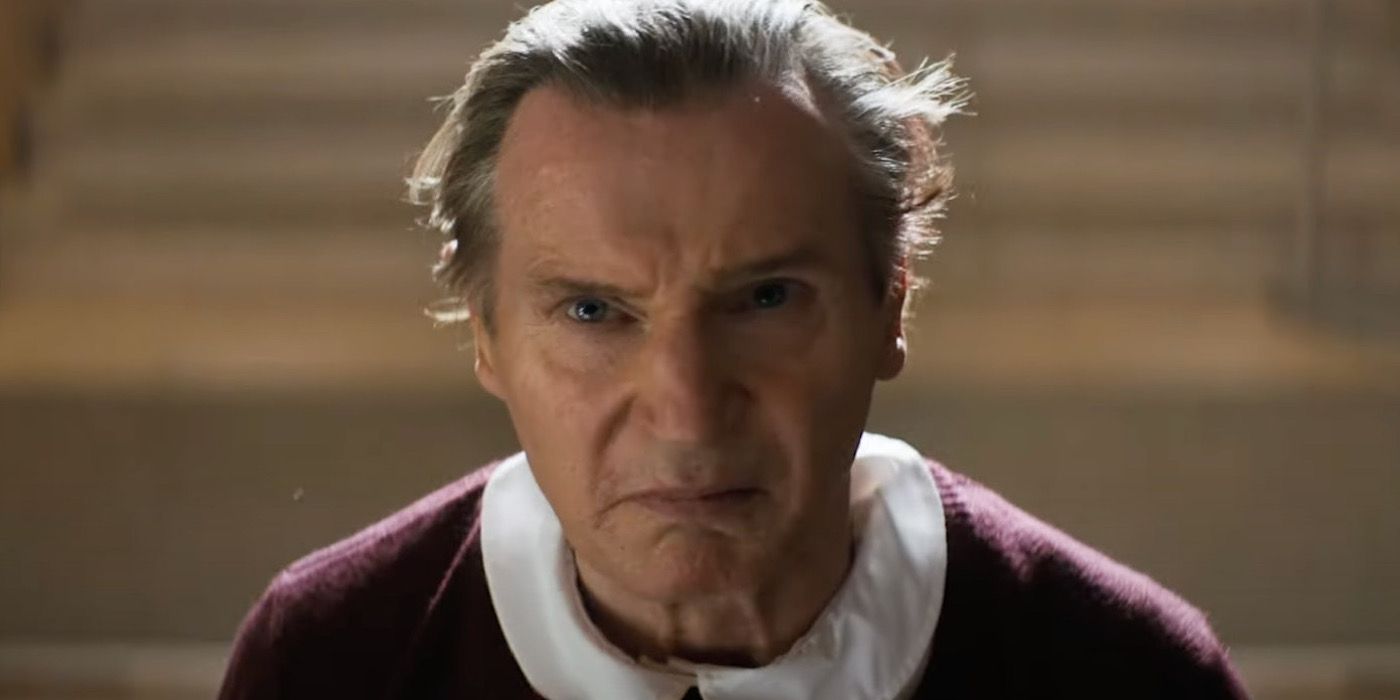Joe List, who co-wrote the screenplay, stars as Jeff. He lives in New York City, is a couple of years into recovery, has a stable relationship with his girlfriend Beth (Sarah Tollemache, List’s real-life partner), and is at a point where he feels confident enough to begin mentoring other people in recovery. But he suffers recurring nightmares about injuring pedestrians with his car, causing them to flee before he can find out who they are or discern how badly they’ve been hurt. Louis C.K. plays the therapist that Joe tells about his dream. (Make of that what you will.) Jeff doesn’t like talking about his family. And he makes a point of refusing to speak of his mother. The subject of his upbringing is a minefield he won’t dare enter.
The film takes its sweet time getting to the point where Jeff chases personal catharsis by driving upstate to his hometown in rural Maine to confront his father (Robert Walsh), mother (Paula Plum) and extended family (which include Nick Di Paolo as an uncle and Richard O’Rourke as Jeff’s grandfather). They’re a gaggle of reactionaries who greet Jeff’s arrival with a torrent of casual homophobia and other bigoted sentiments and make the only Black person at the event, the recently widowed Naomi (Tara Pacheco), feel uncomfortable by calling attention to her race and her recent tragedy. Jeff is miserable in their presence, as well he should be, but he still feels obligated to face them and force them to examine their role in damaging his psyche.
But by that point in the film, we may have already given up hope of seeing a story about family told with insight, wit, and originality. C.K. and List spend forever and a day on little vignettes about Jeff’s life with Beth (which is bland) and his recovery group, and there are scenes exploring his work as a live musician that don’t contribute anything to our understanding of the characters (though it’s nice to see live jazz performed onscreen at length, even if the piano fakery is obvious).
Once Jeff gets upstate, the listless self-indulgence continues, with pointlessly fussy cutaway editing (particularly during piano scenes) and expressionistic lighting (green signifies anxiety or something). These and other filmmaking tools (including the widescreen imagery) seem meant to enrich a thin story that clearly meant a great deal to the people who wrote it. But the sum of “Fourth of July” has the same effect on the viewer as being trapped at a party with a nice but dull person who decides to tell you their entire life story without even asking your name.
You can view the original article HERE.


